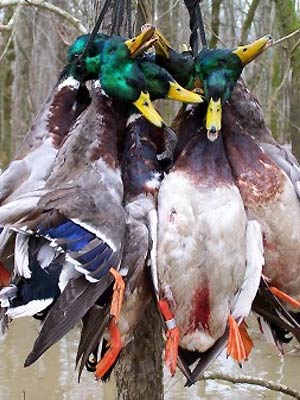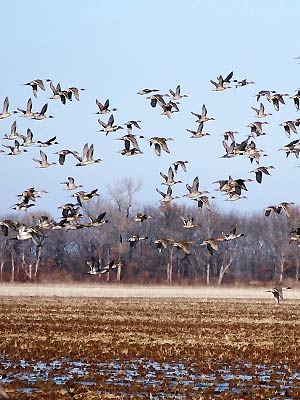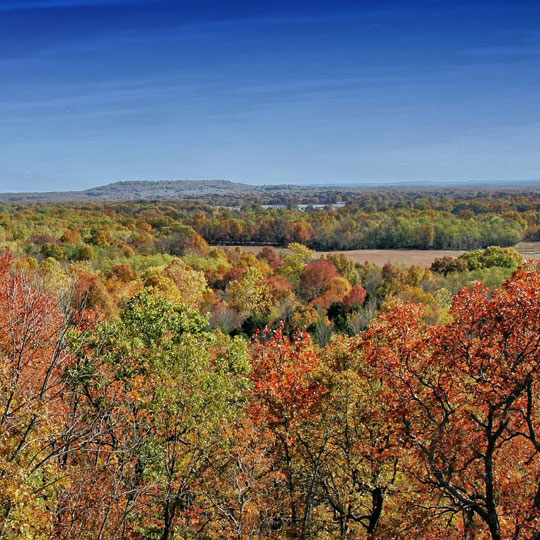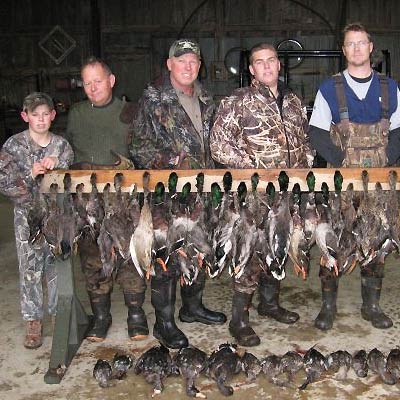Find Arkansas Hunts on the Map
Hunting in Arkansas
 Arkansas offers an abundance of Whitetail deer, Black bear, and Elk but is renown for its duck and goose hunts. As do many states, Arkansas has had an issue with Ferrell hogs for many years. These animals destroy all vegetation in their midst, including valuable cropland. Hog hunting is not as regulated, and our guides can assist hunters with planning hog hunting, as well as predator hunting trips. These hunts usually involve AR-style rifles, night-vision equipment, and other expensive hunting gadgets, included in the package.
Arkansas offers an abundance of Whitetail deer, Black bear, and Elk but is renown for its duck and goose hunts. As do many states, Arkansas has had an issue with Ferrell hogs for many years. These animals destroy all vegetation in their midst, including valuable cropland. Hog hunting is not as regulated, and our guides can assist hunters with planning hog hunting, as well as predator hunting trips. These hunts usually involve AR-style rifles, night-vision equipment, and other expensive hunting gadgets, included in the package.
 Arkansas’ landscape is breathtaking. Beautiful sunsets, highlands and mountains that blend in with the skyline, rich soil, pristine rivers, and diverse wildlife are all aspects that have become part of life for those lucky enough to call Arkansas home. Farmland is abundant here because of the presence of soil that has been conditioned, through years of flooding, to produce high-quality crops.
Arkansas’ landscape is breathtaking. Beautiful sunsets, highlands and mountains that blend in with the skyline, rich soil, pristine rivers, and diverse wildlife are all aspects that have become part of life for those lucky enough to call Arkansas home. Farmland is abundant here because of the presence of soil that has been conditioned, through years of flooding, to produce high-quality crops.
Arkansas Hunting Regulations
Arkansas Terrain – Wildlife Habitat
With an abundance of Oak trees, among many other tree species including cedar and pine, deer in this region feed heavily on acorns and other oats and nuts. While grasses and woody plants are still included in the diet, the trees provide an adequate amount of protein, and the taste is preferred. Elk are exclusively grazers. They spend their days slowly scanning the ground for succulent vegetation. Their feeding habits resemble those of the Black bear, with the exception of the meat in the bear’s diet. Black bears are omnivores and feed on acorns, nuts, oats, a variety of vegetation, and insects. They are also opportunistic and will feast on small game found injured or already dead. They love Cheetos, and other junk food, so be sure to keep your stash sealed up tight!
Ducks eat a variety of grains, grasses, and small fish and fish eggs. Ducks will sometimes eat gritty materials like sand and small stones to aid in digestion. (That’s why hunters don’t use lead shot – not good for the ducks to swallow) The duck is omnivorous, but the Canadian goose is almost exclusively herbivorous. While geese will occasionally eat small insects or small fish if required, their preferred diet consists of grass and other local vegetation. Arkansas is part of the Mississippi Flyway and has an approximate 358,000 acres of waterfowl habitat.
Arkansas Hunting Tidbits
Little Rock is the capital of Arkansas and located inside of Little Rock is the Bill and Hillary Clinton National Airport. The Arkansas International Airport is situated in Blytheville, about 190 miles to the north-east. Our guides can assist in the travel and lodging aspects of the hunting trip.
Licenses can be easily purchased online via the Arkansas Game and Fish Commission website. Also, available on the site is information regarding alternative outdoor activities like fishing, hiking, and sightseeing. The site to visit is www.agfc.com!
Arkansas Hunting Available
Hunting Regulations & License
Any hunter over the age of 16 must have a hunting license to hunt any wildlife. Certain species have specific and unique regulations, and our guides can assist greatly regarding this matter.
Opening Whitetail season ultimately depends on the weapon being used, but in general it begins in early-Fall and runs through the end of the year and into mid-Winter. Black bear season is generally opened early-Fall and runs the short duration through late-Fall. Elk have an even shorter hunting season, running basically through the month of October and ending in late October.
Waterfowl seasons vary by location and bird hunted. Duck hunting generally begins late November and lasts through late January. There are, however, different specific dates to different zones. Canadian goose season runs from early September until late January. As with duck season, different zones have different specific opening and closing dates within this four-month time span. A professional guide can make a world of difference when planning a successful waterfowl hunting adventure.
As mentioned, it’s a great idea to make use of the services provided by our featured guides and outfitters. Not only will they assist with regulations, licensing, and tag information, they’ll also benefit the hunter with information on hunting seasons, spotting, stalking, and ultimately bagging the large game of choice.
Arkansas offers an abundance of Whitetail deer, Black bear, and Elk but is renown for its duck and goose hunts. As do many states, Arkansas has had an issue with Ferrell hogs for many years. These animals destroy all vegetation in their midst, including valuable cropland. Hog hunting is not as regulated, and our guides can assist hunters with planning hog hunting, as well as predator hunting trips. These hunts usually involve AR-style rifles, night-vision equipment, and other expensive hunting gadgets, included in the package.
 Arkansas attracts duck and goose hunters as well. The southeast Arkansas delta is in the Central Flyway and migratory birds come through the area into the flooded delta regions each year. Canadian geese are primarily hunted in the northwest counties of Arkansas. From Scott County west to Pulaski County, north to Baxter County, and all the counties encompassed therein. This region is called the Northwest Canada Goose Zone. The eastern counties are peppered with conservation and habitat projects that regulate hunting.
Arkansas attracts duck and goose hunters as well. The southeast Arkansas delta is in the Central Flyway and migratory birds come through the area into the flooded delta regions each year. Canadian geese are primarily hunted in the northwest counties of Arkansas. From Scott County west to Pulaski County, north to Baxter County, and all the counties encompassed therein. This region is called the Northwest Canada Goose Zone. The eastern counties are peppered with conservation and habitat projects that regulate hunting.
A successful waterfowl hunt involves multiple decoys scattered around the duck blind, or the area that the hunter will be positioned. It’s important to have a couple different styles of duck or geese calls on hand when hunting either bird. Acrylic calls are louder and sends the sharp sound further out, but don’t sound as realistic a wooden call. Wooden calls are softer and quieter but sound almost identical to an actual bird. Our pro hunting guides keep a huge supply of decoys, blinds, calls, boats – and even trained retrievers!
Whitetail deer are hunted using tree stands, ground blinds. Stalking is possible but never really recommended. Staying downwind and silent is essential as always, and hunters can use compound bows, rifles, or muzzleloaders to down a trophy buck.
Black bear and Elk involve slightly more planning. As with Whitetails, one can look for travel signs and feeding signs to locate bear and Elk, but guides and advanced hunters typically locate and stalk these animals. These types of hunts can be more physically and mentally demanding, they and can last up to a week or more in some cases. Compound bows can be used to take down these animals, but it’s recommended to have a backup firearm on hand at all times, especially when hunting any specie of bear. More commonly, rifles or muzzleloaders are used when hunting Black bear and Elk.

